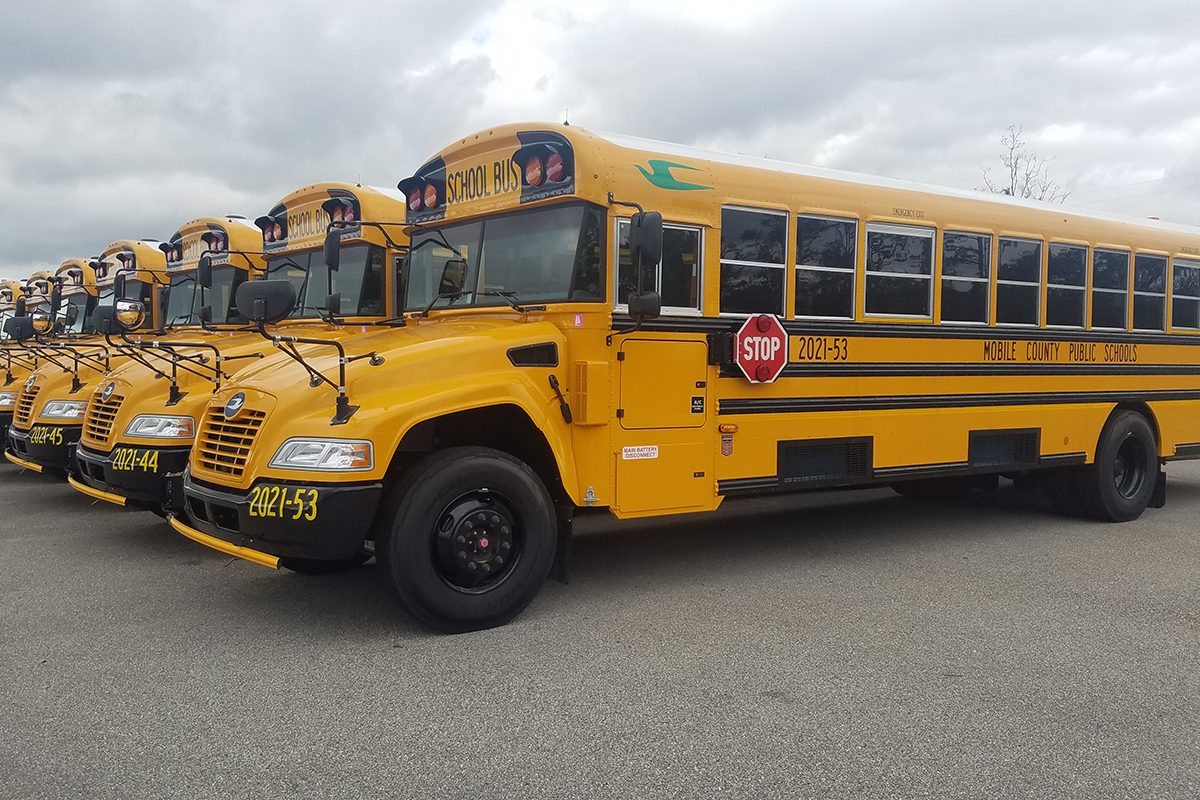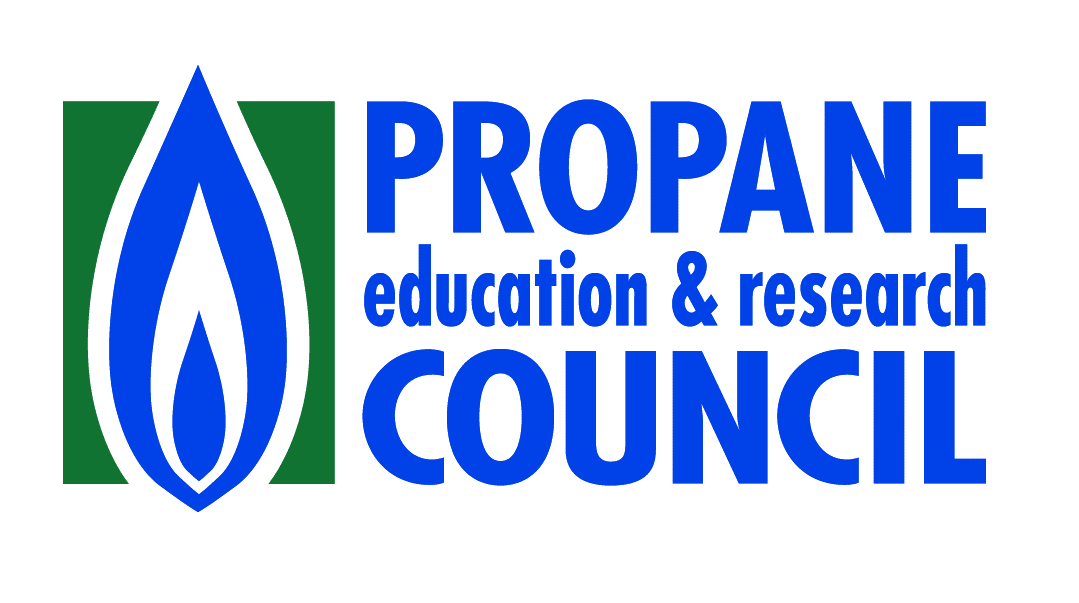We are on the precipice of one of the largest movements in clean student transportation. The EPA’s Clean School Bus Program will provide $5 billion over the next five years to replace aging diesel school buses with newer, cleaner models. This is a major step forward in prioritizing student health and the environment, and propane autogas is positioned as one of the clean energy sources to do the job through affordable emissions reductions.
As transportation directors work through the application and think about the future of their fleet, it’s important to understand the entire picture and select an energy source that is going to meet a fleet’s needs today and well into the future. For every propane autogas bus purchased through the Clean School Bus Program, the EPA will provide transportation directors with up to $30,000 in rebates. The program will also prioritize high-need, low-income, rural, and tribal school districts. As an affordable, available energy source that provides fleets with a range of up to 400 miles on a single refuel, propane autogas is an ideal option for any rural, suburban, or urban school districts.
Consider Mobile County Public Schools System (MCPSS) in Mobile, Alabama. MCPSS was the first district in the state to begin using propane autogas buses in 2014. At the time, the district wanted to find a way to be more environmentally friendly and improve operating costs. Now nearly a decade later, MCPSS has continued to invest in this clean energy source and operates more than 250 propane autogas buses, amounting to one-third of the fleet.
Prioritizing Student Health and the Environment
Fleets that choose to take advantage of the available funding in the Clean School Bus Program are setting an environmental example for others to follow. MCPSS’s new propane autogas school bus engines produce 96% fewer harmful nitrogen oxide (NOx) emissions than the best-in-class diesel bus and have near-zero particulate matter (PM) emissions. Plus, each new propane autogas bus emits 150,000 fewer pounds of carbon dioxide emissions over its lifetime compared to diesel.
For MCPSS, the propane autogas buses not only helped the district improve its fleet emissions profile, but they’ve also been able to set an example of putting student’s first. NOx and PM emissions are a known trigger for issues like asthma, bronchitis, and other respiratory problems. By making a significant investment to reduce these harmful emissions, MCPSS is providing a cleaner and healthier ride to school for students.
Achieving Financial Sustainability
When MCPSS first started transitioning to propane autogas in 2014, the district replaced 30 diesel buses and had one refueling station. Since then, the fleet has continued to replace buses every year, growing to more than 250 propane-powered buses and four refueling stations. Since propane autogas provides fleets with a low total cost of ownership thanks to low fuel and maintenance costs, districts like MCPSS can afford to scale their fleet and more quickly replace aging diesel buses. In fact, MCPSS saves $2,348 annually per propane autogas bus compared to diesel, or nearly $600,000 in total savings each year.
As MCPSS’ case study shows, even without rebates or additional funding, propane autogas is an affordable energy source. With the additional $30,000 per propane autogas bus from the Clean School Bus Program, fleets that apply for propane autogas buses will extend their savings even further.
Through this program, propane autogas provides school transportation directors an opportunity to drastically reduce emissions to prioritize student health and environmental sustainability while maintaining the district’s financial sustainability. For more information on propane autogas school buses, visit BetterOurBuses.com.



